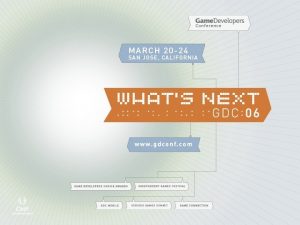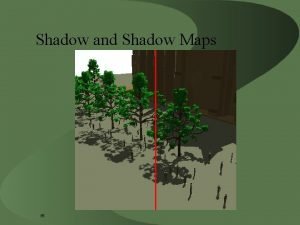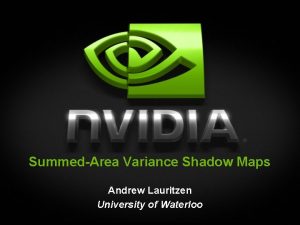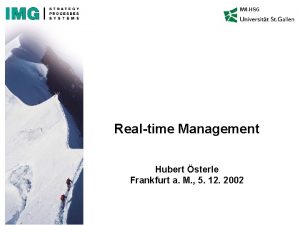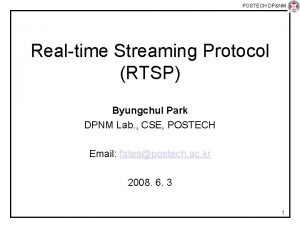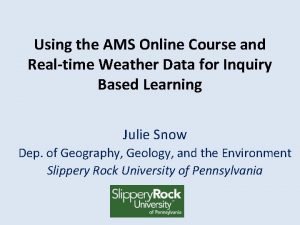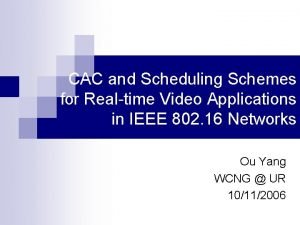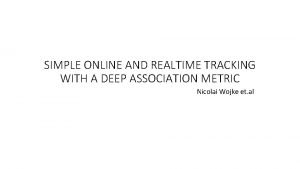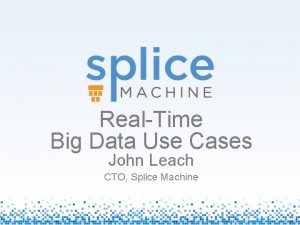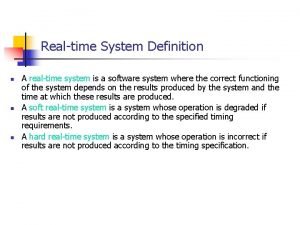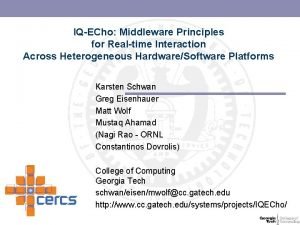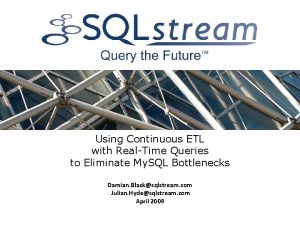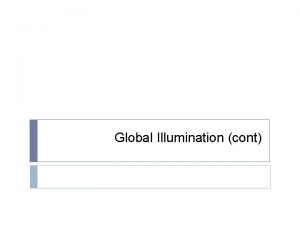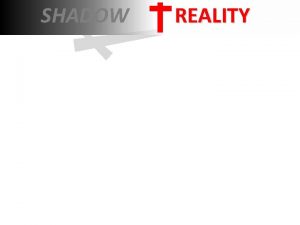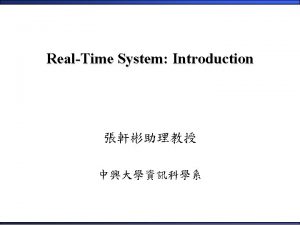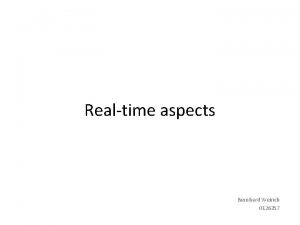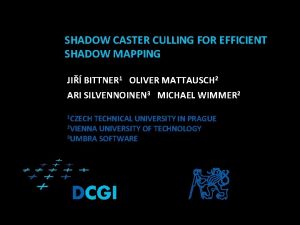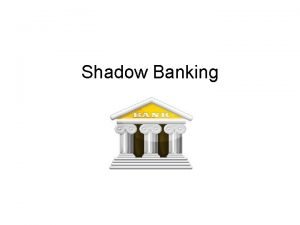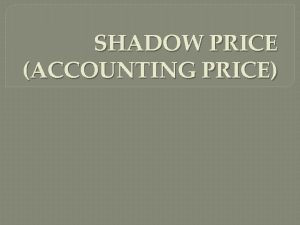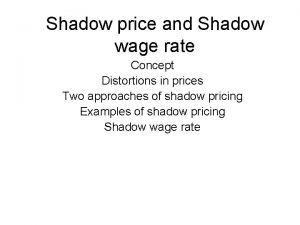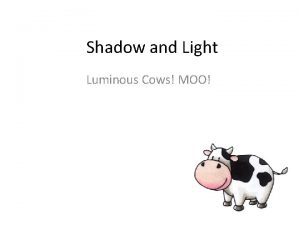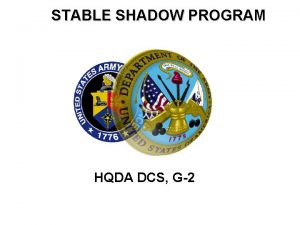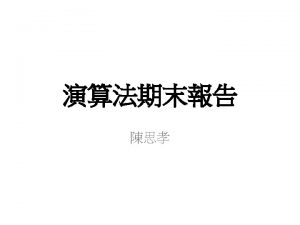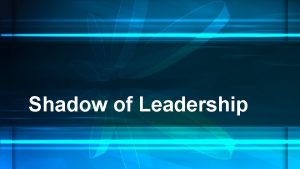Realtime Shadow Mapping Shadow Mapping Shadow mapping uses

















- Slides: 17

Real-time Shadow Mapping

Shadow Mapping • Shadow mapping uses two-pass rendering - render depth texture from the light’s point-of-view - render from the eye’s point-of-view using depth texture • Completely image-space implementation - no knowledge of scene’s geometry is required - must deal with aliasing artifacts

(First Pass(1 • The scene is rendered from the light’s point of view into the depth texture

(First Pass(2 • The result is a “depth texture” or “shadow map” - essentially a 2 D function indicating the depth of the closest pixels to the light

Second Pass • The scene is rendered from the eye’s point of view • For each rasterized fragment - determine fragment’s XYZ position relative to the light - this light position should be setup to match the frustum used to create the depth texture - compare the depth value at light position XY in the depth texture to fragment’s light position Z

Depth Texture (Comparison(1 • Two values - A = Z value from depth texture at fragment’s light XY position - B = Z value of fragment’s XYZ light position • If B is greater than A, then there must be something closer to the light than the fragment so the fragment is in shadow • If A and B are approximately equal, the fragment is lit

Depth Texture (Comparison(2

Depth Texture (Comparison(3 The A < B shadowed fragment case

Depth Texture (Comparison(4 The A = B shadowed fragment case

Using Projective (Texturing(1

Using Projective (Texturing(2 • Normal 2 D texture mapping uses (s, t) coordinates • Now consider homogeneous texture coordinates - r/q holds the distance from the light - (s, t, r, q) --> (s/q, t/q, r/q) - similar to homogeneous clip coordinates where (x, y, z, w) = (x/w, y/w, z/w) • Next compare texture value at (s/q, t/q) to value r/q - if texture[s/q, t/q] r/q then not shadowed - if texture[s/q, t/q] < r/q then shadowed

Ambient Shadows • Improvement for completely black shadows

Near and Far planes • Distance between near and far planes should be minimized for better precision of Z value

Z-Fighting • Problem take place when eye space pixel coordinates are transformed into light space to get the respective depth texture samples due to machine rounding errors in this stage

Aliasing Problems • There is still the problem of aliasing

Summary

Implementation • First pass uses the Open. Scene. Graph library which based on Open. GL • Second pass is done by hardware using cg and glsl language shaders
 Variance shadow mapping
Variance shadow mapping Shadow mapping techniques
Shadow mapping techniques Perspective shadow mapping
Perspective shadow mapping Variance shadow maps
Variance shadow maps Realtime it
Realtime it Realtime communications
Realtime communications Frankfurt realtime
Frankfurt realtime Realtime streaming protocol
Realtime streaming protocol Ams realtime weather maps central
Ams realtime weather maps central Cac realtime
Cac realtime Simple online and realtime tracking
Simple online and realtime tracking Realtime iep
Realtime iep Realtime big data
Realtime big data The definition of a real-time system.
The definition of a real-time system. Realtime it
Realtime it Realtime interaction
Realtime interaction Realtime etl
Realtime etl Ecurisa
Ecurisa

